When an engineer becomes a farmer, you expect it to be well researched and planned to perfection. However, Gamila MacRury bought her little patch of Beechworth in Victoria within a week of seeing it advertised in 2009.
The parcel of land was 12-acres, so she had to get creative, choosing two niche crops that don’t need much space. Artisan table olives and prized saffron have been her bread and butter ever since. Incredible, considering she had never even tried saffron prior!
Gamila MacRury has just finished the year’s saffron harvest, which can require picking up to three times a day. Given that, she’s tired but generously sat down for an interview to discuss her unique tree-change story.
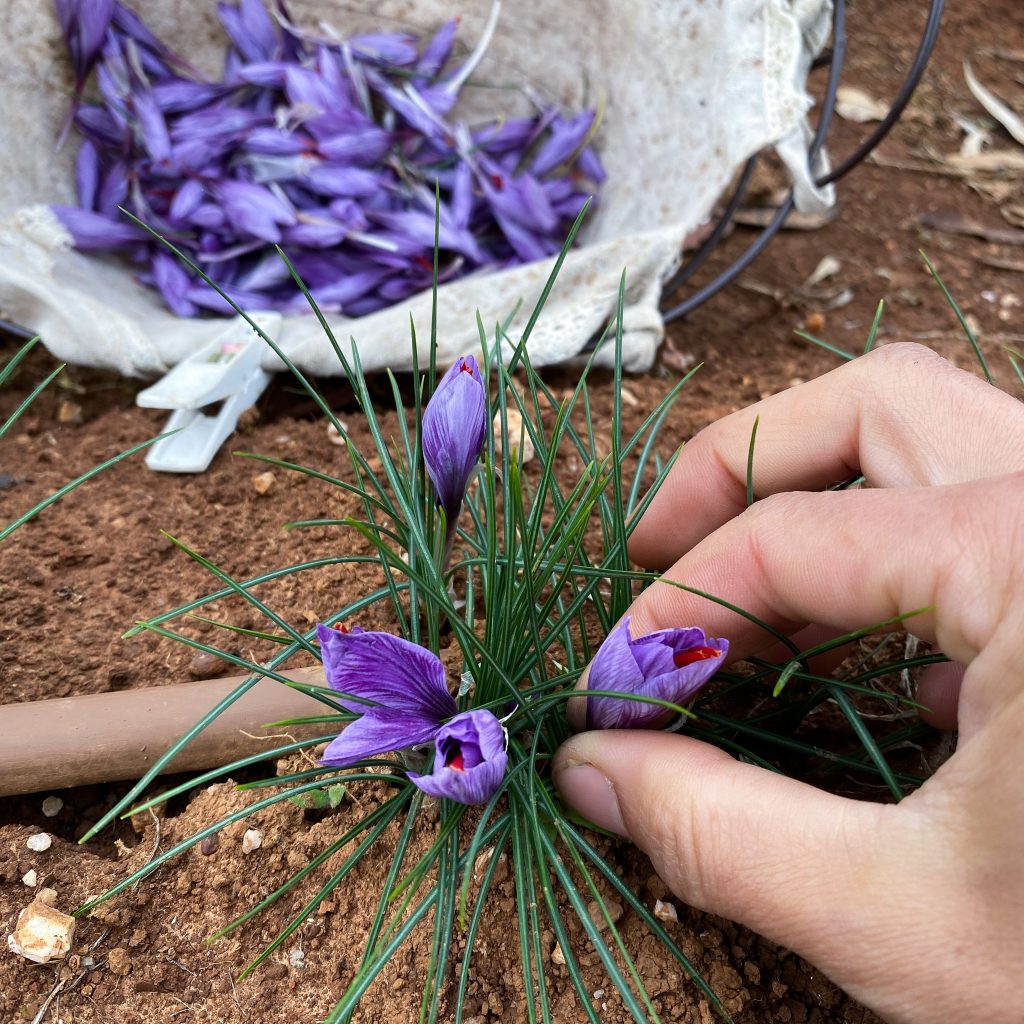
Gamila’s sunny plot of land sounds picturesque and she’s always had an affinity with this part of the world.
“My place is pretty small. So, for context, it’s 100 metres wide and 500 metres long,” she says.
A life changing decision
Gamila was born in Melbourne but her mother took her out to school on several extended road trips to explore regional Victoria and New South Wales. The Victorian High Country was always a recurring theme on these family adventures. While buying her own farm in that region wasn’t exactly planned, it’s not entirely unexpected either. Within seven days of seeing the farm, she placed the highest bid at auction.
Some people get a hair-cut after a breakup. I bought 12 acres!”
“I think the joy of being a young person is that one’s relatively oblivious to all sorts of things. I rode a bike around Japan as well for 10 days when I was 22. Again, I look back now as a 37-year-old and go why on earth did I do that! I think buying a farm as a 24-year-old, one doesn’t really think things through!” she exclaims.
Gamila thinks a break-up six weeks prior may have been the catalyst for the life-changing decision.
“Some people get a hair-cut after a breakup. I bought 12 acres! Lots of in-depth thought. Lots of analysis. Good business planning. Nope,” she laughs.
She doesn’t believe her success has been a total fluke. Gamila says she and her mum are “plant people”.
Some people are plant people
“My great-grandfather was an orchardist down in Doncaster in Victoria. My maternal side great-grandmother also came out from England having been an estate gardener. We’re plant people. Country people will know there are plant people and there are non-plant people.
Country people will know there are plant people and there are non-plant people.”
“If you’re driving down the road at 100 kilometres per hour and you look at a house that’s been there for 80 plus years and it doesn’t have a tree around it. Then, you look at another house that you can’t see because there’s so much garden and plants. Some people are plant people!”
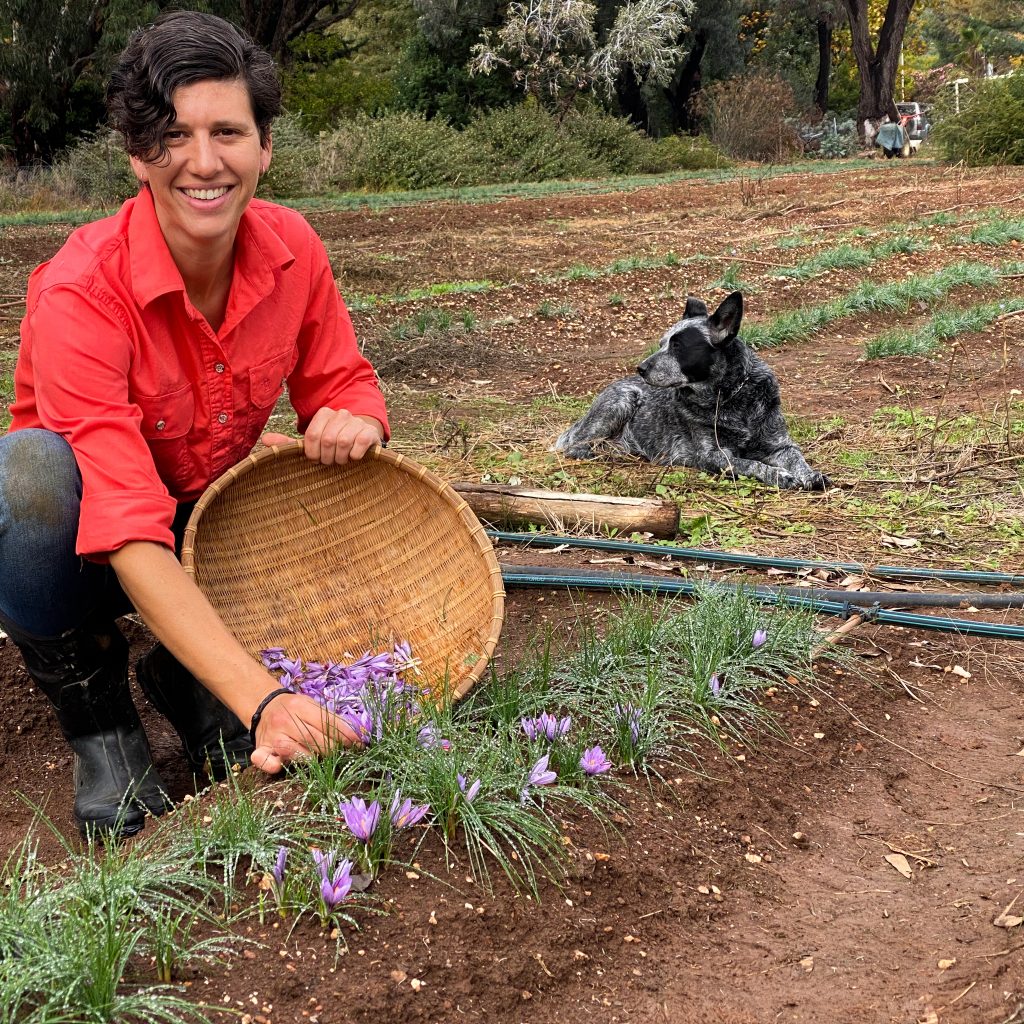
Gamila says when she first inspected the property, she spent 10 minutes in the house and four hours walking around the north-facing slope looking at the types of plants that were growing. It’s a very good growing site.
Ironic, seeing as Gamila always set out to find a career in which she wouldn’t get her hands dirty. That initially lead to her pursue engineering. It was a far cry from life outdoors but in real-life she applies those same skills to farming every day.
At the end of the day, engineers solve humans’ problems. That’s given me a lot of skills and connection that’s really useful for the farm.”
“Engineering is problem solving. Creative problem solving. We as engineers don’t do anything that isn’t solving a human problem. People think of engineers as very logical, quite abstract and disconnected. At the end of the day, engineers solve humans’ problems. That’s given me a lot of skills and connection that’s really useful for the farm,” she says.
A blend of careers
Gamila did engineering for about 12 years, 10 of which she was building the farm. Somehow the careers blended well. It wasn’t until her engineering company decided to downsize to an office with no windows that she chose to farm full-time. Olives were quite a popular crop among city transition farmers during the early 2000s.
However, to be commercial as an olive oil farmer, you need at least 2000 trees. That wasn’t possible for Gamila due to a lack of space. That’s where her table olives come in. She can be commercial with 600 trees. “Commercial is pulling off 12-tonnes a year,” she explains.
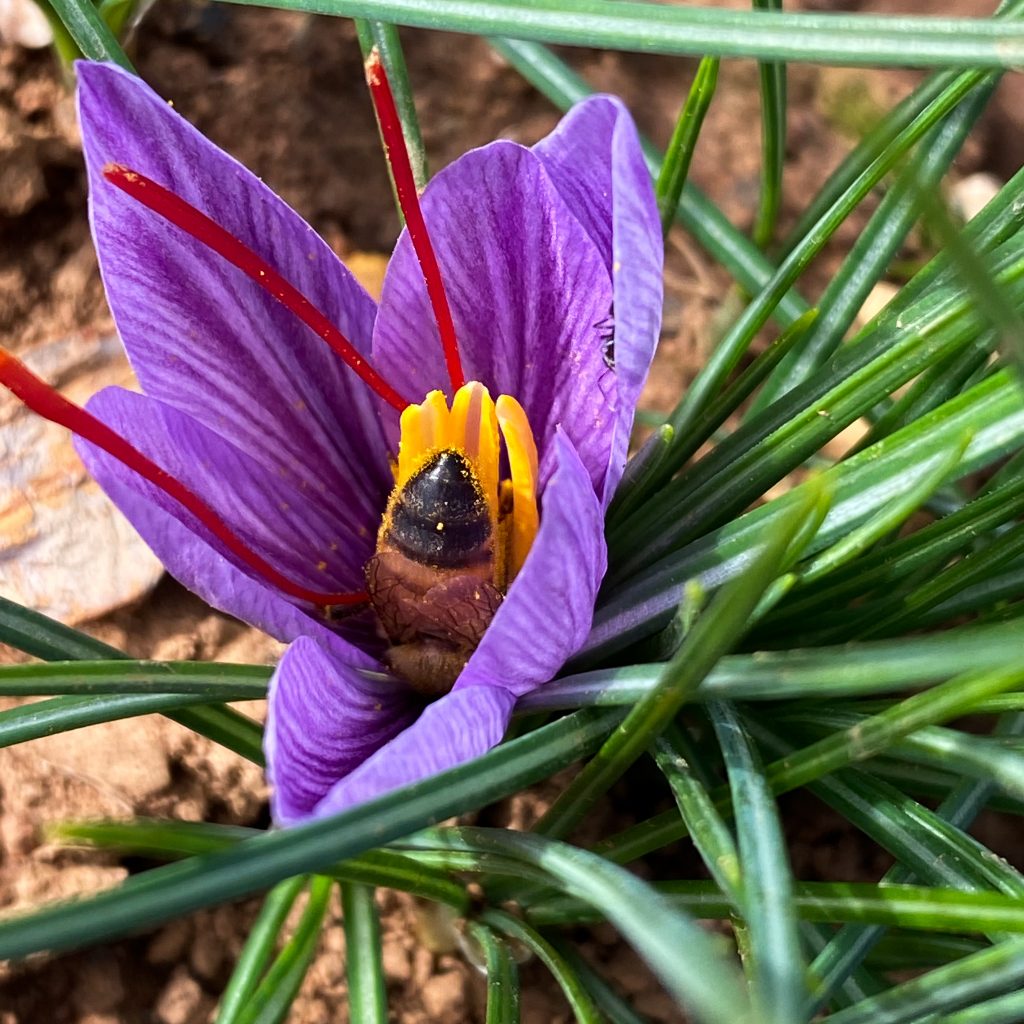
“When you’re wholesaling out at $21 a kilo, it starts bringing in a nice bit of revenue. The other nice thing about the table olives is so few people were doing it,” she says.
A lot of our olives are imported. Gamila now grows 13 different olive varieties. With no farming experience she used her analytical engineer’s mind to research the best varieties for her location and then drew on her younger years as a picker as to the type of trees that are more easily harvested.
“I didn’t buy the place to put olives on it. I bought the place, then thought, okay what can I do with it?” she recalls.
Giving it a go
So how does saffron come in? Gamila isn’t too sure. For some reason she decided to purchase 100 saffron corms, purely to give it a go.
“I don’t think I’d ever consciously eaten or consumed saffron from a culinary perspective. I was relatively oblivious to what it did or didn’t do. I think at the time, like a lot of people, I thought it makes stuff yellow, whoopty-do-dah!” she laughs.
Upon reading about what sort of climate and topography saffron likes, it became clear she was on to a winner. The beauty of it again, is that it doesn’t need much space. From a quarter-of-an-acre, Gamila pulled off about 200 grams this season with a good profit margin.
“There’s a lot of labour, a lot of handling to produce something that’s very, very light. It’s about 600 strands to give you one gram.”
“It allows me to be commercial. Be a full-time farmer. Employ people on a 100 metres by 500 metre oblong which is really quite exciting. It’s not necessarily about being bigger.”
That doesn’t mean it’s easy. Gamila describes growing saffron has half art, half science and a little dose of luck.
“You need to look at it and work out what it’s telling you,” she says.
Analyse, review and apply a change has been her method for 13 years now. Rot can be a major challenge as is getting the corms to flower. To make it harder, the soil management needed to keep the bulbs healthy aren’t necessarily the same methods needed to illicit strong flowering. Somehow, she’s found the balance and her product is in demand domestically and overseas.
“If I’d known how challenging saffron was to grow before I started, I might not have done it. If I’d known how challenging it was to sell saffron, I probably definitely wouldn’t have done it,” Gamila explains.
Saffron is a mauve coloured flower with three pollen sacks and three red stigmas. They are the saffron spires which are pulled and dried. About 150,000 flowers are needed to produce a kilo of dried saffron.
A labor intensive crop
“There’s a lot of labour, a lot of handling to produce something that’s very, very light. It’s about 600 strands to give you one gram,” she says.
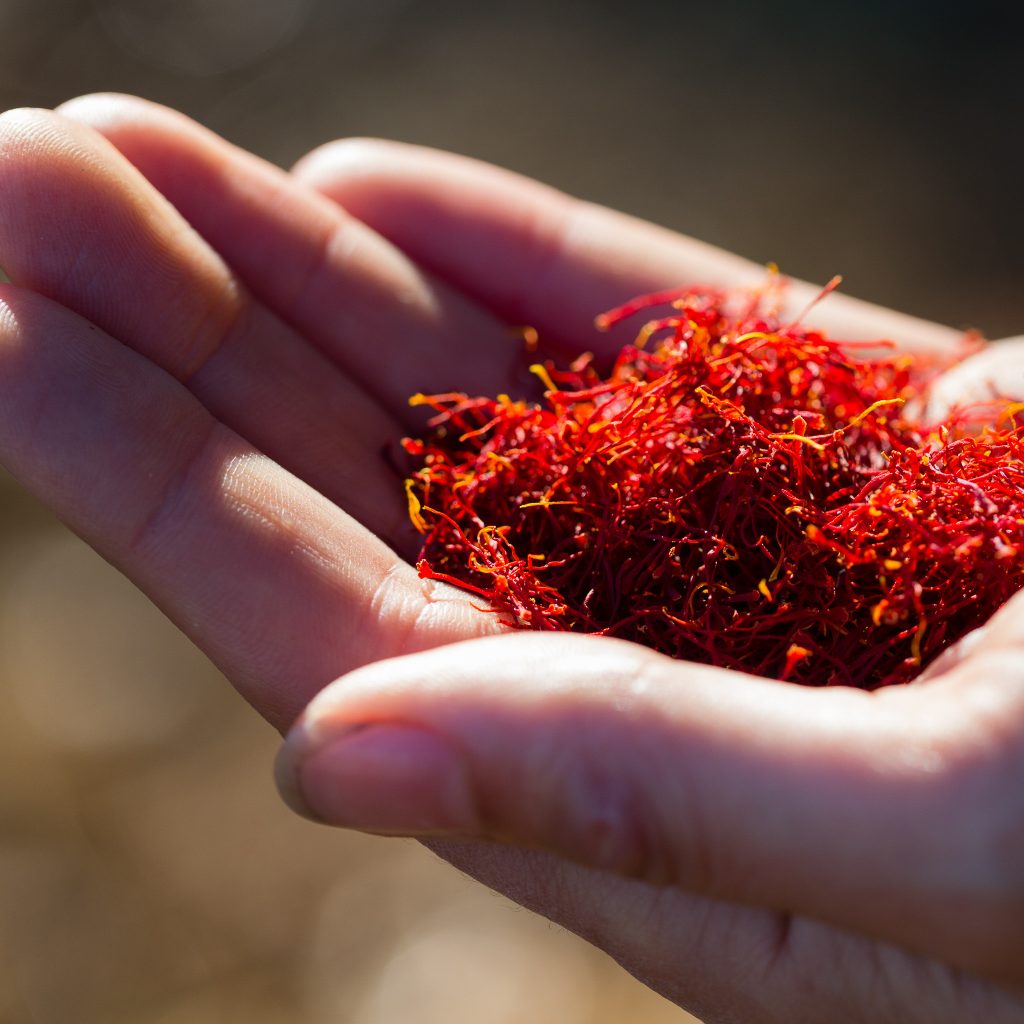
Picking takes place in the morning and afternoon, sometimes even a third time during the day if needed. It has to be timed around bees to avoid attracting pollen on the flowers which is a contaminant and adds weight to the actual saffron threads.
Gamila says the true joy of farming is seeing people enjoy her product but is wary of the misconception around the cost of saffron.
“The reason why things are expensive generally is because an awful lot of work and effort needs to go into them and they are very hard to produce. It’s like, you try being outside weeding in one degree weather with fog and cloud. It’s not the best fun but we get there in the end!”
Something to keep in mind next time you take a double look at that saffron on the shelf at your local shops.
Hear more stories just like Gamila’s by subscribing to the Telling Our Story podcast on iTunes and follow podcast host Angie Asimus on Instagram for more updates.


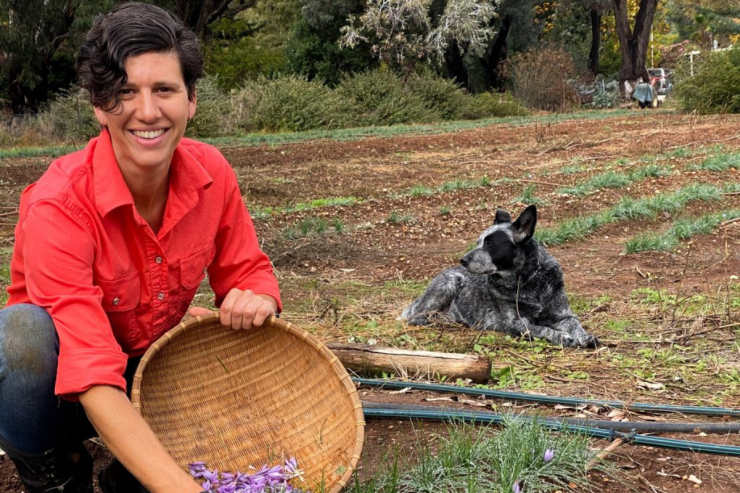
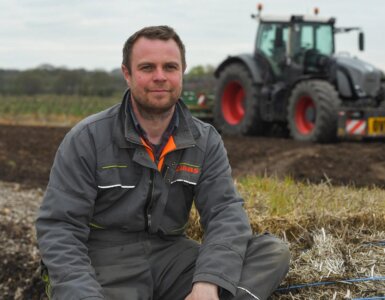
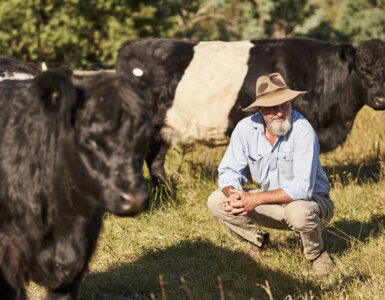
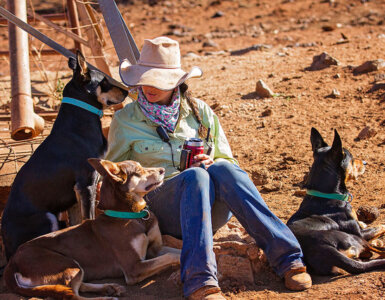






























Farming remains a good investment because the population benefits from food.